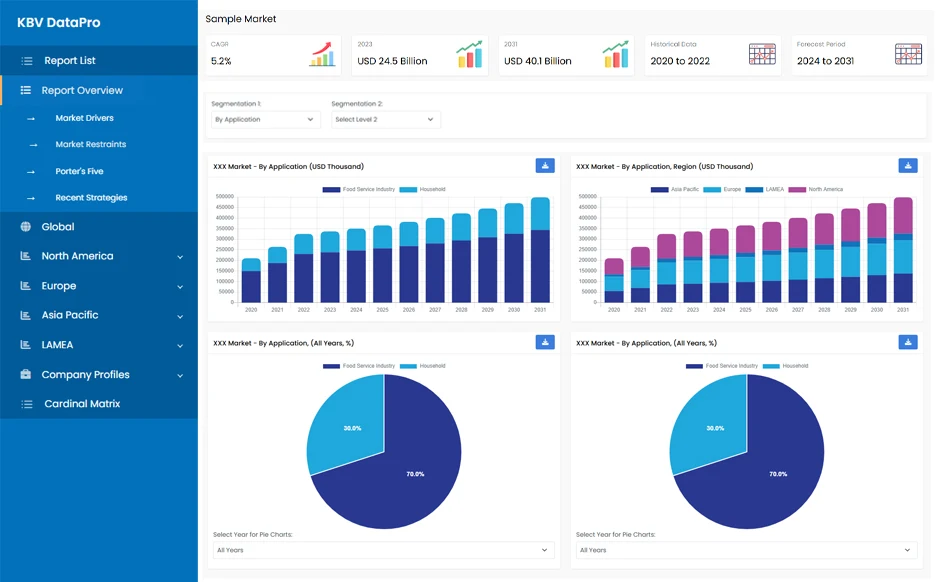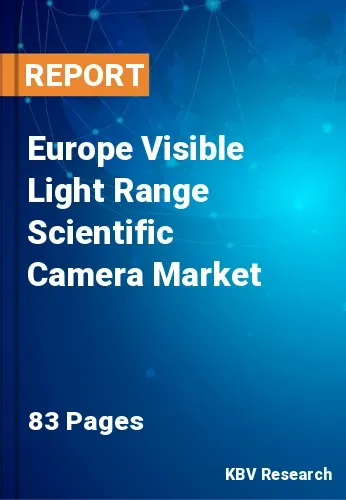The Europe Visible Light Range Scientific Camera Market would witness market growth of 6.3% CAGR during the forecast period (2022-2028).
One photon can produce thousands of charges in the case of X-rays since their photon energy is thousands of times greater than that of visible light. The charge amount is represented by pixel intensity, and the related photon energy is then inferred. The associated elements can be determined by comparing the characteristic fluorescence energy of the X-rays if they are fluorescent X-rays released by atoms. In essence, chemical element identification may be made with a visible-light digital camera.
The recorded photon events on one camera picture should be scattered sparsely to separate them from estimating the energy of each photon separately. Single photon counting mode is the common term for this unique circumstance. When using a camera for X-ray spectroscopy measurement, it is necessary. Reducing the number of X-ray photon events on each picture makes entering a single photon counting mode simple.
Germany's public-sector space strategy and the allocated budget funding are the main forces behind international space activity. Hence, the Federal Government's space policy and involvement in European institutions are crucial to Germany's space sector. The German government has considered space travel and named it a major enabling technology in its High-Tech Plan 2020. This is due to the fact that space technologies are essential tools for the current information and industrial civilization. The growing initiatives and funding for aerospace and outer space activities will increase the utilization of visible light range scientific camera, driving market growth in the region.
The Germany market dominated the Europe Visible Light Range Scientific Camera Market by Country in 2021, and would continue to be a dominant market till 2028; thereby, achieving a market value of $41.2 million by 2028. The UK market is anticipated to grow at a CAGR of 5.4% during (2022 - 2028). Additionally, The France market would experience a CAGR of 7.1% during (2022 - 2028).
Based on Camera Resolution, the market is segmented into Less than 4 MP, 4 MP to 5 MP, 6 MP to 9 MP, and More than 9 MP. Based on Type, the market is segmented into sCMOS, sCMOS (Backthinned), CCD, CCD (Backthinned), and Others. Based on Camera Price, the market is segmented into Less than USD 15,000, USD 15,000 to USD 30,000, USD 31,000 to USD 50,000, and Others. Based on countries, the market is segmented into Germany, UK, France, Russia, Spain, Italy, and Rest of Europe.
Free Valuable Insights: The Global Visible Light Range Scientific Camera Market will Hit $612.3 Million by 2028, at a CAGR of 6.7%
The market research report covers the analysis of key stake holders of the market. Key companies profiled in the report include Hamamatsu Photonics K.K., Teledyne Technologies, Inc., Atik Cameras Limited (SDI Group plc), Oxford Instruments plc, XIMEA Group, Photonic Science and Engineering Limited (Tibidabo Scientific Industries), Diffraction Limited, Spectral Instruments, Inc, Excelitas Technologies Corp., and Thorlabs, Inc.
By Camera Resolution
By Type
By Camera Price
By Country

Our team of dedicated experts can provide you with attractive expansion opportunities for your business.

